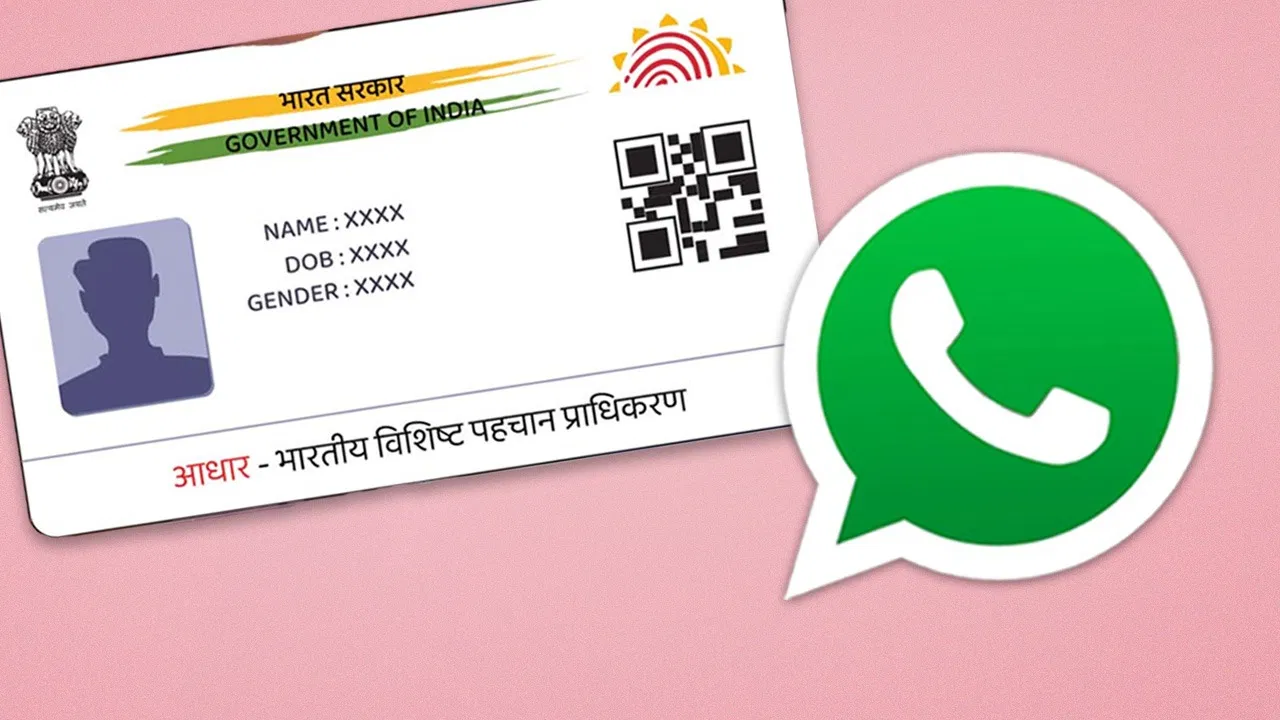When you step onto a United Airlines flight, the anticipation is simple—a safe, smooth journey from your point of departure to your chosen destination. Yet aviation is a realm where planning is meticulous, safety protocols are exacting, and both technology and humans are prepared for the unexpected. Among the rarest but most critical events in air travel is the emergency diversion. For passengers on United Airlines Flight UA770, an emergency diversion became a real-life drama that demonstrated the training, teamwork, and technology that ensure aviation remains the safest mode of transportation.
In this in-depth look, we pull back the curtain, taking you behind the scenes of United Airlines Flight UA770’s emergency diversion to reveal how airlines, flight crews, and ground services work in harmony to ensure safety and peace of mind—even when plans change midair.
The Unexpected Turn: What Triggers an Emergency Diversion?
Emergency diversions are rare but not unprecedented. There are multiple triggers, including medical emergencies, mechanical problems, sudden weather changes, or security threats. Unlike standard flight diversions—often due to minor operational reasons—an emergency diversion is announced when real-time assessment points to a risk that demands immediate action for the safety of all onboard.
On United Airlines Flight UA770, the precise trigger for diversion was a sudden technical anomaly detected during the cruise phase. Pilots received a warning from the aircraft’s onboard diagnostic systems, prompting them to confer both internally and with United Airlines’ operations center on the ground.
The Crew’s First Response: Protocols and Priorities
Once an irregularity is detected, the cockpit becomes a hub of rapid decision-making. United Airlines pilots follow the “Aviate, Navigate, Communicate” mantra:
Aviate: Maintain control of the airplane at all costs. Checklists specific to the detected problem are immediately referenced, ensuring no step is missed.
Navigate: Decide on the safest route, whether to divert to the nearest suitable airport or continue. In emergencies, the nearest airport with quick access to medical facilities and technical support is almost always chosen.
Communicate: The captain contacts air traffic control to indicate the emergency and secure priority landing clearance while the co-pilot notifies United Airlines operations, who in turn coordinate with ground support.
Communication is not merely a technical process; it’s a lifeline that engages operations teams, airport authorities, and emergency responders. Flight attendants are also notified instantly, beginning their own set of procedures, from checking on passengers to preparing the cabin for an unplanned landing.
Keeping Passengers Informed and Calm
The atmosphere in the cabin can quickly shift once passengers notice something amiss—the pilot’s announcement, a sudden change in cruising altitude, or a deviation from the expected flight path. Here, the cabin crew’s role becomes crucial.
Trained in both safety and customer service, the crew on UA770 worked methodically: delivering clear, concise announcements, answering questions, and reassuring worried passengers. Small gestures—offering water, maintaining eye contact, making themselves available—help keep everyone calm and focused.
The View From the Ground: Coordination and Preparation
While the events unfold in the sky, extensive work begins on the ground. United Airlines’ operations center acts as a nerve center. As soon as Flight UA770 declares an emergency diversion, teams initiate several actions:
Alerting the Nearest Airport: Ensuring runways are clear and emergency response teams (fire, medical, security) are on standby.
Notifying Maintenance: Making sure technical staff with the right expertise are ready to inspect the arriving jet.
Passenger Services: Preparing to assist passengers on arrival, from medical help to rebooking onward travel if the diversion causes missed connections.
Communicating With Families: Setting up channels to keep family members informed, minimizing panic and providing reassurance.
Airports have well-practiced emergency protocols resembling a finely-tuned orchestra—with each part playing a vital role at the correct moment. When UA770’s emergency was declared, the destination airport’s control tower coordinated closely with United’s team, keeping the runway and taxiways clear and preparing for all scenarios.
The Touchdown: Controlled and Safe Landing
Landing an aircraft that has declared an emergency demands both skill and nerves. Pilots, having run through detailed checklists and simulations for such scenarios throughout their careers, bring all their experience to bear. For UA770, the approach and landing were executed flawlessly. Emergency vehicles followed the aircraft as it taxied, ready to intervene if necessary, but the well-prepared crew handled the process without further incident.
Upon arrival, technical experts boarded the plane to inspect the fault. Paramedics checked with passengers and crew to ensure no one required immediate assistance—a standard protocol for emergency diversions.
What Passengers Experienced
Accounts from those onboard UA770 highlighted a combination of apprehension and gratitude. Passengers noted the professionalism of the crew—how information was relayed, concerns addressed, and support was offered after landing. For some, the experience became a reassurance that air travel’s robust safety culture works exactly as designed.
Many travelers, post-diversion, were accommodated with transfers, meal vouchers, or hotel stays as needed. Follow-up from United included updates on baggage and onward travel plans, ensuring nobody was left stranded.
Airline Transparency and Continuous Improvement
Airlines, including United, use emergency diversions not just as rare operational blips, but as teachable moments. Every incident triggers thorough internal review:
What caused the emergency diversion?
How quickly and precisely was the incident handled?
Were communication protocols effective?
How did passengers and crew respond?
Such reviews frequently result in improved procedures, additional training, or investments in even more advanced safety technology—demonstrating an ongoing commitment to the highest standards of travel safety.
For a glimpse into aviation safety regulations and the depth of industry oversight, the Federal Aviation Administration (FAA) offers extensive resources on how airlines are governed, audited, and constantly updated on best practices.
Frequently Asked Questions
What should I do if my flight is diverted for an emergency?
Stay calm and listen closely to instructions from the cabin crew. Ensure your seatbelt is securely fastened and refrain from speculation or sharing rumors with other passengers. If you have special needs, notify a crew member promptly.
Are emergency diversions dangerous?
While undeniably stressful, emergency diversions are handled with procedures designed to maximize safety. Flight crews are rigorously trained for such events, and airports are prepared for these rare situations.
How does an emergency diversion affect my onward travel?
Airline customer service agents will assist you with new travel plans, accommodations, and updates about your checked baggage. It’s smart to keep boarding passes and identification handy throughout the process.
Read More: United Airlines Flight UA770 Emergency Diversion: What Happened?
Final Thoughts
What unfolded behind the scenes of United Airlines Flight UA770’s emergency diversion showcases the aviation industry’s commitment to meticulous preparation and safety. The seamless collaboration between pilots, cabin crew, technicians, and ground personnel is a testament to why millions trust air travel every day.
While no traveler wishes to face such an adventure, knowing that an entire network of skilled professionals stands ready, and that stringent oversight shapes every response, is a powerful reassurance for all who take to the skies.





